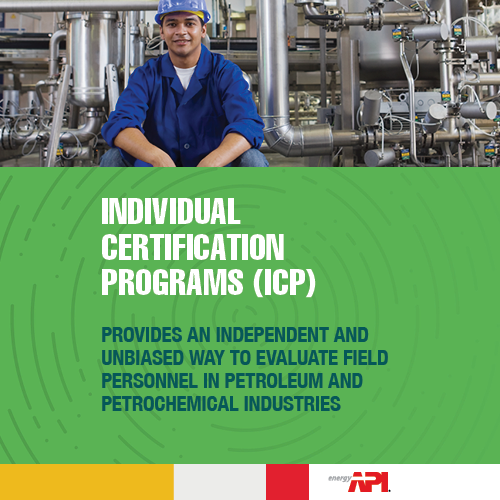Refinery Materials of Construction
Steel
Steel is an alloy that is primarily made up of iron and as a small percentage of carbon. Many other alloying elements are used in steel, but iron and carbon are the only elements found in all steel. The percentage of carbon in steel ranges from just above 0% to approximately 2%. Most steels used in a refinery have between 0.03% and 0.35% carbon.
As the carbon content of steel increases, so does strength, hardness, and brittleness.
When steel is made, the iron dissolves the carbon. Approximately 2% carbon is the most that can be dissolved in the iron. Eventually, as enough carbon is added, the iron cannot dissolve all of it and some of the carbon precipitates out, resulting in cast iron.
Cast iron is iron in which some of the carbon has precipitated out and appears as flakes or little spheres. These flakes provide a cushioning effect for iron when it receives high compression loads; however, they also make the material more brittle than steel, have very poor strength when stretched in tension, and encourage the formation and cracks.
Alloying Elements
Most steels contain other ingredients in addition to iron and carbon. These ingredients are commonly called alloying elements. Most of these elements are present in small amounts but they have a great effect on the properties of the steel.
Metals can be selected because of advantageous mechanical, chemical, and physical properties.
| Mechanical Properties | Chemical/Physical Properties | Fabrication Capabilities |
|---|---|---|
| Creep stability Ductility Elasticity Hardness Strength Toughness |
Corrosion resistance Oxidation resistance |
Castability Formability Heat treatability Machinability Weldability |
When compared to carbon steel, alloy steel is more expensive, contains more alloying elements, and has more of the special properties in the table above.
Killed Steel
Killed steel is clean, meaning that it has minimal voids and inclusions. It is produced while molten steel is still in the furnace. A deoxidizing agent is added to remove gases, such as carbon dioxide, as it is being poured into the mold. The result of killed steel is a product that has more uniform chemical composition and properties. Killed steel has greater uniformity in resistance to corrosive attack.
Stress Relieving
Stress relieving is performed to relieve stresses that have been imparted to steel due to forming, rolling, machining, or welding. The process involves heating the steel to a pre-established temperature for a long enough time to reduce residual stresses to an acceptable level. This is followed by slow cooling to avoid creation of new stresses.
The amount of residual stress plays a critical role in determining the susceptibility to many forms of stress corrosion cracking (SCC). Therefore, stress relieving can be specified to improve a material’s resistance to a particular corrosion mechanism.
















